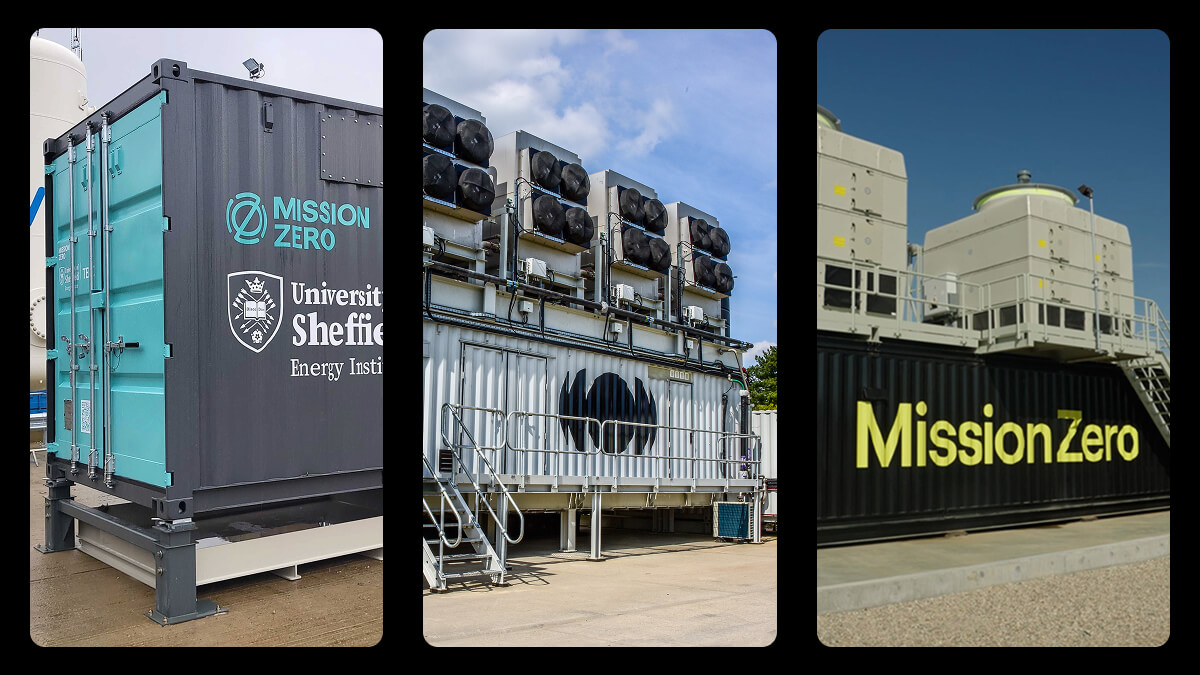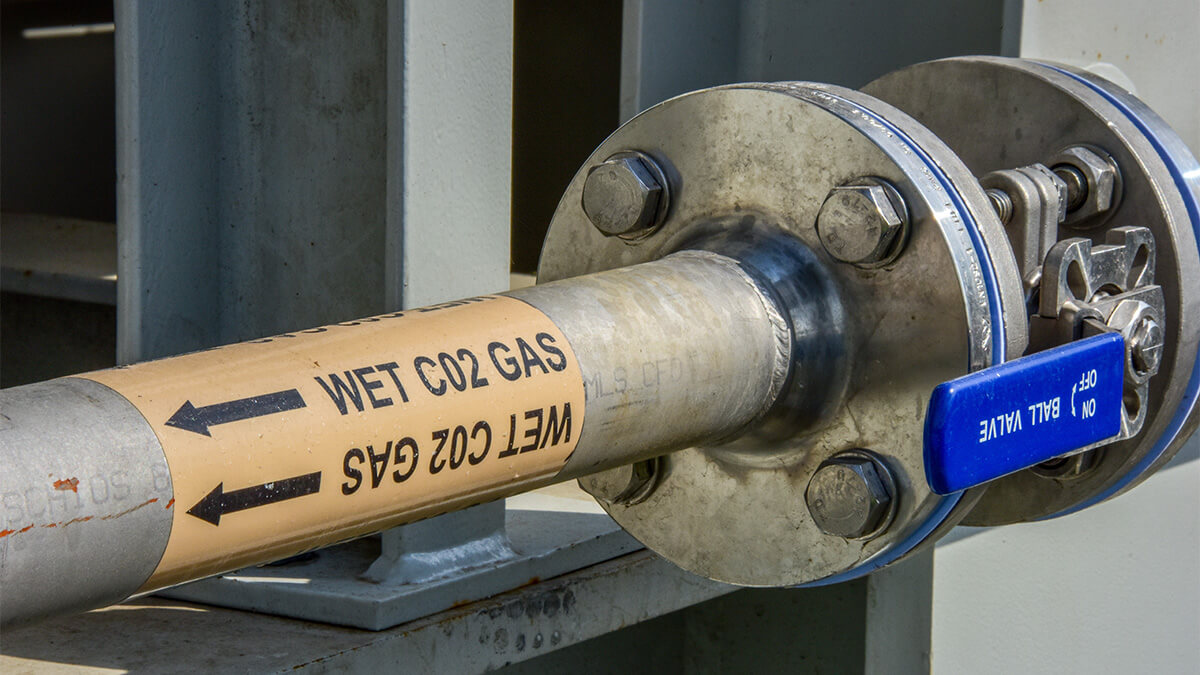To limit global warming to 1.5°C, the Intergovernmental Panel on Climate Change (IPCC) states that we need to remove between 5 to 15 billion tonnes of CO₂ annually from the atmosphere by the middle of the century. That’s on top of aggressively slashing new global greenhouse gas emissions.
In this context, scaling carbon removal solutions is now recognised as essential for mitigating the climate crisis. Among a portfolio of available solutions, direct air capture offers unique advantages which make it a powerful solution for scaling durable, high-quality carbon removals.
Here’s a breakdown of what benefits direct air capture offers the broader carbon dioxide removal (CDR) toolkit, and why scaling DAC now is imperative to unlocking its climate potential.
The broad portfolio of carbon removal solutions
Before diving into direct air capture advantages, it’s worth putting it in perspective of the wider CDR toolkit, which encompasses a wide range of very different solutions.
On one end of the spectrum, there are nature-based solutions like reforestation and soil carbon sequestration. These organic solutions mimic or accelerate the earth’s existing mechanisms for drawing CO₂ out of the atmosphere. This group of ‘conventional CDR’ methods represents the most established and available solutions currently available through the voluntary carbon market (VCM).
At the other end, there are engineered solutions like direct air capture and direct ocean capture. Inspired by biological pathways, these technologies have been designed for their efficiency and precision in recovering CO₂ at scale. Representing novel approaches — many of which are still trying to make their way out of the lab and into the real world — there are comparatively fewer of these projects currently available across the world.

It’s worth noting that carbon capture and storage (CCS) technologies which capture CO₂ at the source of new carbon emissions before they enter the atmosphere are not classed as CDR solutions. By avoiding a new emission instead of eliminating a historic one, such technologies can only achieve carbon neutrality, rather than carbon negativity.
Why are there so many CDR solutions?
While complex on the surface, having a diversity of different CDR tools at our disposal is actually preferable to only having a few, since focusing on scaling one solution in isolation of others carries huge risks which could leave global society extremely vulnerable to unforeseen changes and limitations.
We can already see some of these playing out around nature-based solutions, with the rising frequency of extreme weather patterns increasing their risk of premature reversal.
While an absolutely central part of any effective CDR portfolio, the ever increasing collapse of natural carbon sinks is raising concerns around whether countries will be able to meet national climate targets.
There are complex social, cultural, and environmental impacts to consider — particularly around the amount and type of land a CDR solution requires to achieve a meaningful impact — as well as the issue of whether you can accurately measure that impact. While still in their infancy, many engineered solutions like direct air capture score well here; delivering a highly-measurable carbon removal through a compact land footprint.
Finally, there are co-benefits to factor in. The world’s natural carbon sinks, for example, are vital habitats for people, plants, and animals, and many nature-based projects which expand or restore them can hugely benefit global biodiversity. Many engineered CDR solutions also produce useful co-products like hydrogen, which can help to galvanise broader decarbonisation efforts.
Different carbon removal solutions compared
All of these points combine to affect the relative quality, resilience, versatility, and theoretical scalability of different CDR solutions — making it important to have a diverse portfolio approach of complementary solutions. Here’s a very high-level snapshot of the relative pros and cons of a few CDR solutions to put that in perspective.

The benefits of direct air capture for CDR
DAC offers one of the most scalable engineered approaches for delivering high-quality carbon removals that companies, investors, and governments can actually trust. Here’s a little more on what direct air capture benefits mean in practice.
Measurement and verification
Unlike nature-based solutions, where quantifying the exact amount of carbon removed from the atmosphere can be complex, DAC enables precise measurement. Every tonne of CO₂ captured is quantifiable and can be tracked, offering certainty for carbon accounting and emissions reporting. This precision is critical for corporations and nations aiming to meet strict carbon reduction targets.
Durability
When paired with long-term geological carbon storage options, CO₂ captured by direct air capture can be locked away for millennia, with low risk of its return to the atmosphere. This level of permanence is unmatched by many other CDR solutions, which are vulnerable to disturbances like droughts, fires, or land-use changes. Whilst DAC removals currently cost more than other methods since the technologies behind them are still scaling, they guarantee high quality carbon removal.

Additionality
Carbon removals via direct air capture are genuinely additional — achieving a removal that wouldn’t otherwise have taken place. Unless additionality can be proven, the carbon removal market is exposing itself to the same integrity challenges faced by the carbon offset market.
Location flexibility
Unlike many other carbon removal methods that require specific conditions (e.g., arable land for afforestation), DAC can be deployed virtually anywhere. Whether it's in a desert, urban area, or coastal site, DAC’s flexibility makes it a versatile solution for diverse geographic locations. This also reduces competition for land, a significant limitation for natural solutions.

Land to capture ratio
One of direct air capture’s standout features is its efficiency. DAC can capture far more CO₂ per square metre than most other carbon removal technology. This makes it an attractive option in a world where land use is increasingly constrained by agriculture, urbanisation, and biodiversity conservation.
Scalability
The speed at which a carbon dioxide removal solution can scale is make or break when it comes to fighting the climate crisis. With continued investment and advancements, direct air capture has enormous scaling potential to remove billions of tonnes of CO₂ from the atmosphere each year in the coming decades. At Mission Zero, we work with established components and supply chains to get DAC on the ground as quickly as possible. Thanks to our three, first-of-a-kind projects across the UK and Canada, we’re busy gathering real-world data which will further support the rapid scaling of our climate technology.
Continuous operation
Unlike CDR solutions that depend on seasonal and climatic conditions, some direct air capture technologies can operate year-round. This continuous operation means that DAC can provide a steady stream of carbon removal, making it a reliable and predictable component of long-term climate strategies.
Direct air capture advantages beyond CDR
Being a versatile and multi-purpose tool, direct air capture’s positive climate potential extends well beyond removals. While its biggest climate mitigation potential lies in efficiently eliminating masses of CO₂ from our atmosphere, the atmospheric CO₂ it recovers can also be used to defossilise carbon-based industries.
The essential carbon-based products we use today — like building materials, chemicals, sustainable fuels, and textiles — all rely on a fossil-based source of carbon. By connecting industry to the carbon in our atmosphere, DAC holds the potential to be a keystone technology for a sustainable, circular carbon economy.
At Mission Zero, we’ve already started to unlock this pathway, deploying two first-of-a-kind systems to empower the production of carbon-negative building materials and sustainable aviation fuel made from air.






